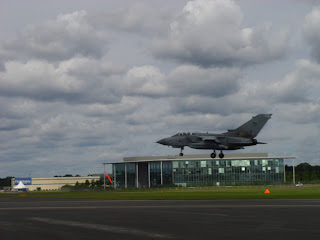The advance on Aubers Ridge was still in progress this week but crucially hesitated on the 17th as understanding of the true position was unclear. Additionally a persistent mist fell upon the field of battle at this time.
Air actions of note for the week were:
10th May
2 Sqn Lt J L Jackson wounded in face
Morane L of 3 Sqn shot down by AA fire over Fournes
crew Lt D Corbett-Wilson and 2nd Lt I N Woodiwiss both KIA
Voisin LA of 4 Sqn on reconn damaged by shrapnel
Crew Capt E F Unwin and Lt H Lygon
Vickers FB5 of 5 Sqn on reconn entered combat with and shot down Albatros over Lille
Crew Lt W H W Acland and 1AM Rogers (Rogers Awarded DCM for this action)
Vickers FB5 of 5 Sqn in combat with two Albatros over Staden
Crew 2nd Lt R Maxwell-Pike and 2nd Lt Andrews
Martinsyde S1 of 6 Sqn combat with an Otto over Polygon wood
Crew Capt L A Strange ( pilot was thrown out of a/c after combat but managed to crawl back in. see recollections of an Airman.)
11th May
BE2a of 4 Sqn on reconn was shot up but returned to base
Crew Capt R M Vaughan and Lt Hankin
12th May
BE2c of 4 Sqn was shot up creating a fuel leak but returned OK
crew Lt G W G Lywood and 2nd Lt Benett
Voisin LA of 4 Sqn on a photo reconn mission over Courtrai involved in combat over Warneton
but returned OK
Crew Capt Murphy and Lt H Lygon
Voisin of 1 Sqn RNAS Came down taken prisoner following Attack on a Zeppelin
Crew Flight Lt J O Groves and Lt Cdr H Dobell both made POWs
14th May
the first FE2b aeroplanes arrived in France assigned to 6 Sqn at Abeele
15th May
Voisin LA of 4 Sqn on reconn was shot up and crashed into tree close to aerodrome
Capt E F Unwin injured Lt H Lygon shaken both taken to hospital
BE2c of 8 Sqn hit by shrapnel
Crew Capt A D Gaye and Lt G Graham both wounded (the first WIA casualties for 8 Sqn)
The Aeroplanes
Vickers FB5
Martinsyde S1
Morane L
RAF FE2B Pusher










